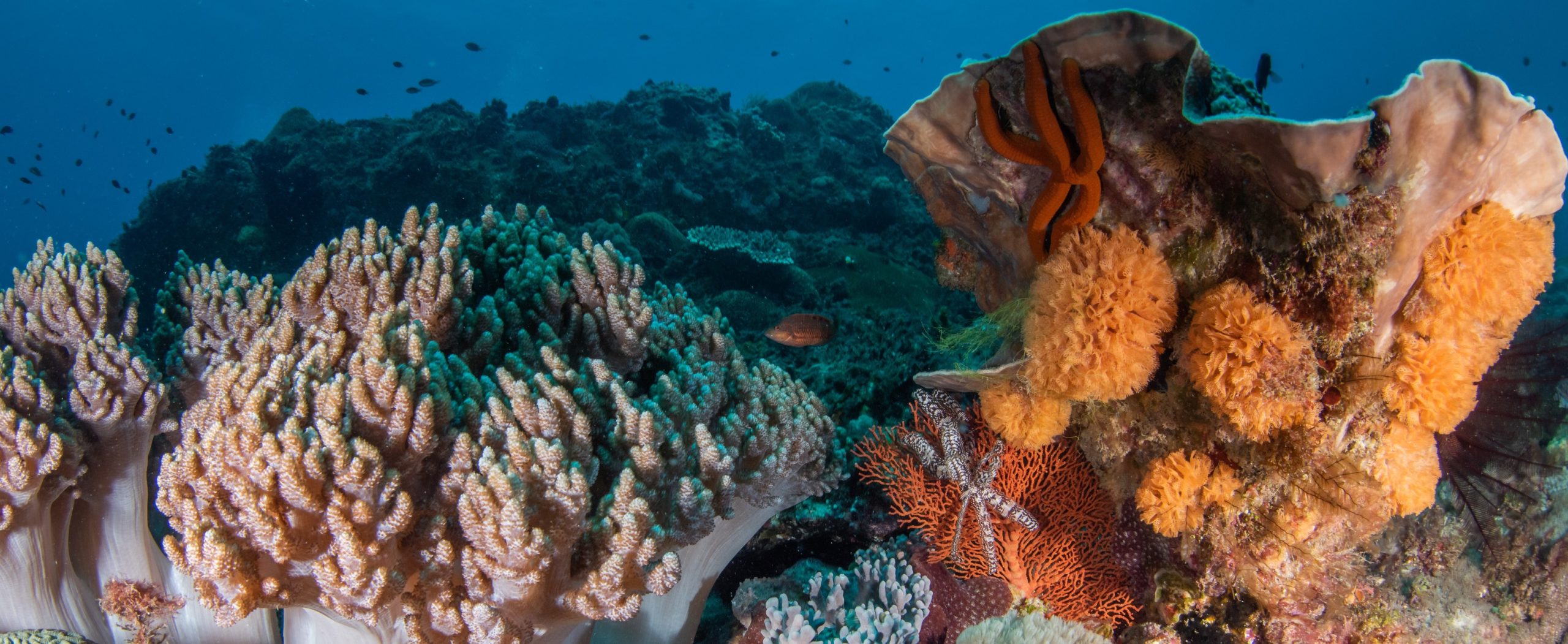Pollution increasingly impacts healthy functioning of marine ecosystems globally. Here we quantify concentrations of major pollutant types (heavy metals/sewage/petrochemicals/plastics) as accumulated within
marine sediments on and/or immediately adjacent to shallow reefs for 42 sites spanning coastal population
centres across south-eastern Australia. Gradients in pollutants were revealed, but few pollutants co-varied, while
increasing wave exposure ostensibly diluted concentrations of all pollutants except microplastics. Examination
of reef biodiversity indicators revealed that maximum size of fauna and flora, a key life-history parameter
summarised by the Community shortness index, plus declining functional and species richness, were the most
sensitive bioindicators of pollutants – for which heavy metals and nutrient-enrichment were most pervasive.
Results indicate that assemblages of biogenic habitat formers and associated fauna collapse from “long and
complicated” to “short and simplified” configurations in response to increasing pollution, and this community
signature may form an effective bioindicator to track human-driven degradation.
